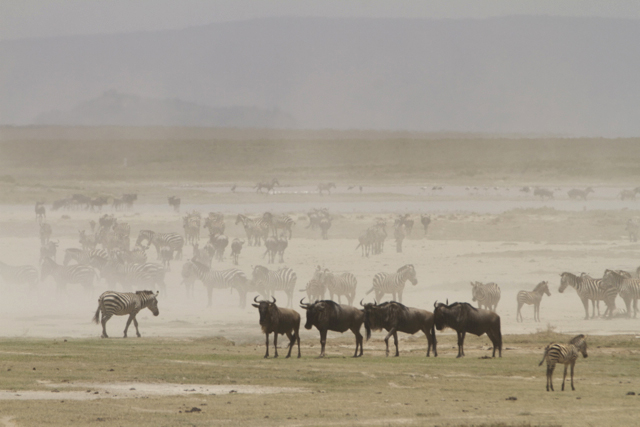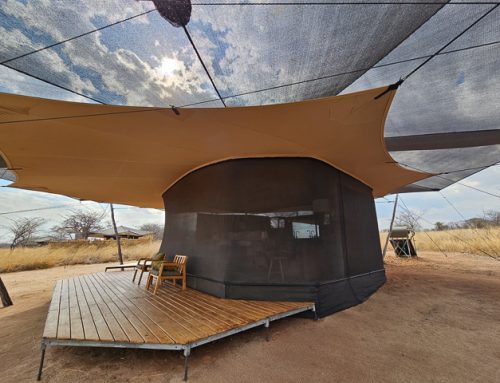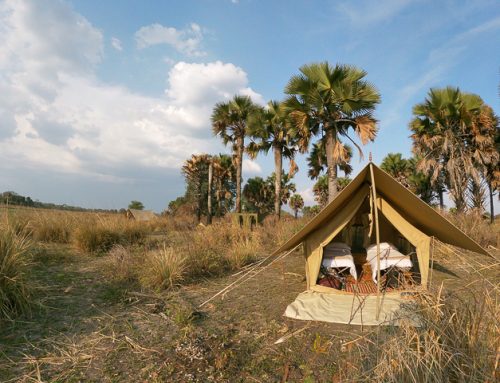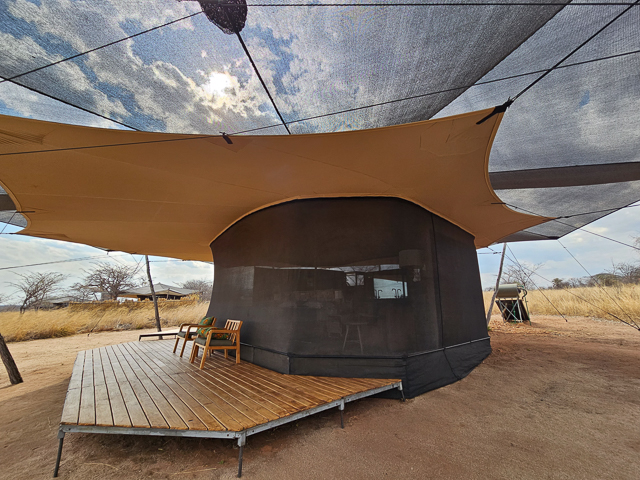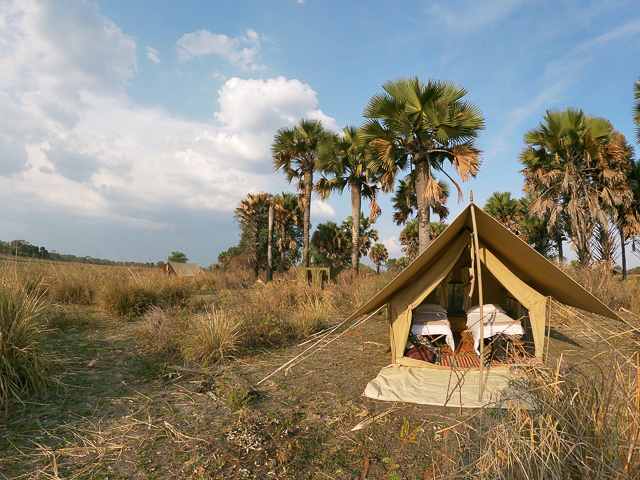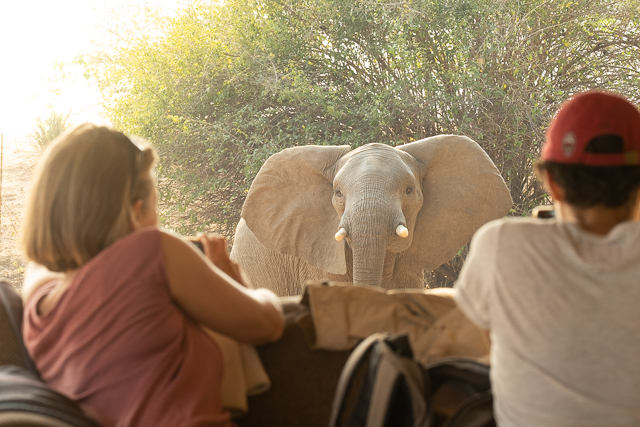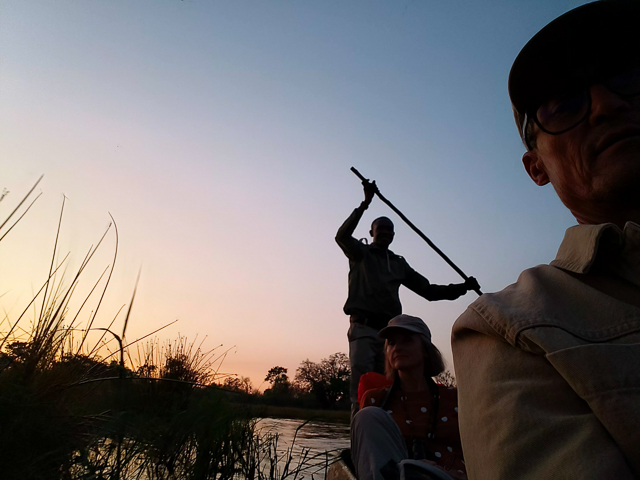This has been the driest February in the vast Serengeti that I can remember.
We had poor short rains in November and it has rained very little since. Most of the open “short grass” plains are parched, and there is little surface water for the game to drink.
It amazes me to see thousands of gazelles inhabiting this area when it is so dry, and I can’t help wondering how they do so, surrounded by withered grass and nothing to drink.
The more water dependent species like wildebeest and zebra seem to have been very confused this year, and their movements have been dynamic indeed.
We were staying in the Lake Ndutu area in the southern Serengeti, and had seen many elephant, lion, cheetah, hyaena and some of the other resident species in the area, but it became a quest to find the whereabouts of the famous “mega herds” (about 2 million wildebeest and zebra).
As usual in the Serengeti, we rose at dawn. Our task for the day was to drive to “Hidden Valley”, a valley that as its name implies, is hidden from plain view by the lay of the land. It is situated in the middle of the open plains between Moru Kopjes (rocky outcrops) and Naabi Hill. The valley is a very special drainage line and holds water for much of the year.
We drove across the barren dusty expanse, bereft of game, except for the occasional scrawny jackal or desert-adapted Grant’s gazelle conserving energy by barely moving. As we neared our goal, we could make out shadowy silhouettes of animals in the distance through the heat haze and towering dust devils which swirled upwards like miniature tornados.
When we descended into the valley, we were greeted by a sight of thousands of zebra with a smattering of wildebeest and eland, some standing as statues, heads cowed in defence of the dust storms, and some moving in earnest (and thirst) to and from from the nearby waterholes along the drainage line.
It was truly a wonderful sight, seeing the myriad dazzling stripes, and the ghostly forms emerge from the dust storms.
Dave

